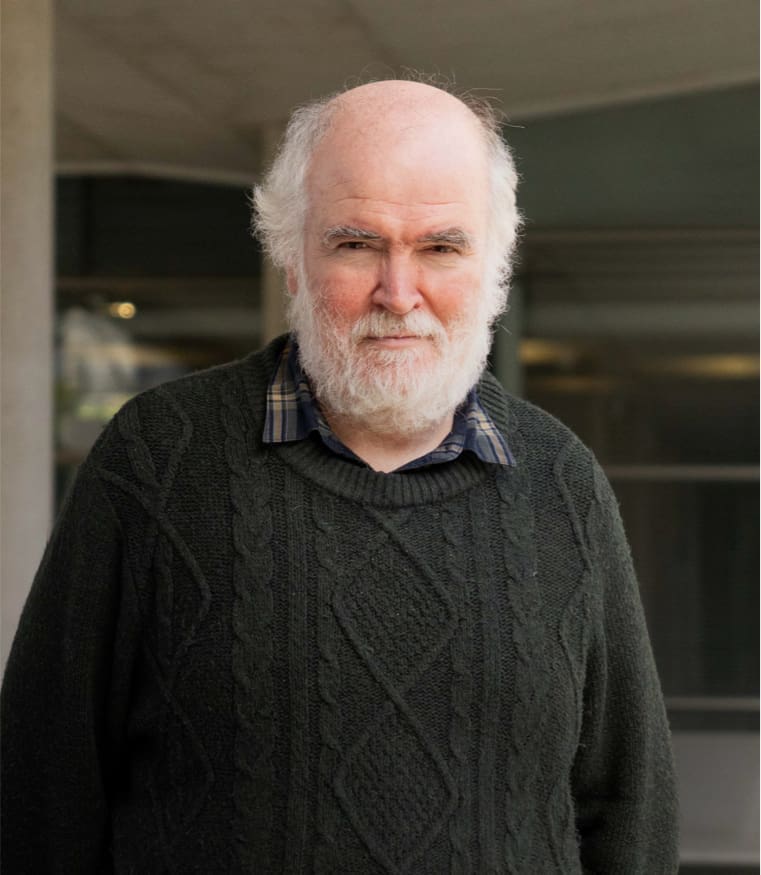Enantioselective Catalysis with Pyrrolidinyl Gold(I) Complexes: DFT and NEST Analysis of the Chiral Binding Pocket
A new generation of chiral gold(I) catalysts based on variations of complexes with JohnPhos-type ligands with a remote C2-symmetric 2,5-diarylpyrrolidine have been synthesized with different substitutions at the top and bottom aryl rings: from replacing the phosphine by a N-heterocyclic carbene (NHC) to increasing the steric hindrance with bis- or tris-biphenylphosphine scaffolds, or by directly attaching the C2-chiral pyrrolidine in the ortho-position of the dialkylphenyl phosphine. The new chiral gold(I) catalysts have been tested in the intramolecular [4+2] cycloaddition of arylalkynes with alkenes and in the atroposelective synthesis of 2-arylindoles. Interestingly, simpler catalysts with the C2-chiral pyrrolidine in the ortho-position of the dialkylphenyl phosphine led to the formation of opposite enantiomers. The chiral binding pockets of the new catalysts have been analyzed by DFT calculations. As revealed by non-covalent interaction plots, attractive non-covalent interactions between substrates and catalysts direct specific enantioselective folding. Furthermore, we have introduced the open-source tool NEST, specifically designed to account for steric effects in cylindrical-shaped complexes, which allows predicting experimental enantioselectivities in our systems.

Zuccarello, G.; Nannini, L.J.; Arroyo-Bondía, A.; Fincias, N.; Arranz, I.; Pérez-Jimeno, A.H.; Peeters, M.; Martín-Torres, I.; Sadurní, A.; García-Vázquez, V.; Wang, Y.; Kirillova, S. M.; Montesinos-Magraner, M.; Caniparoli, U.; Núñez, G.D.; Maseras, F.; Escofet, I.; Echavarren, A.M.
JACS Au 2023
DOI:
10.1021/jacsau.3c00159

Let's create a brighter future
Join our team to work with renowned researchers, tackle groundbreaking
projects and contribute to meaningful scientific advancements





















